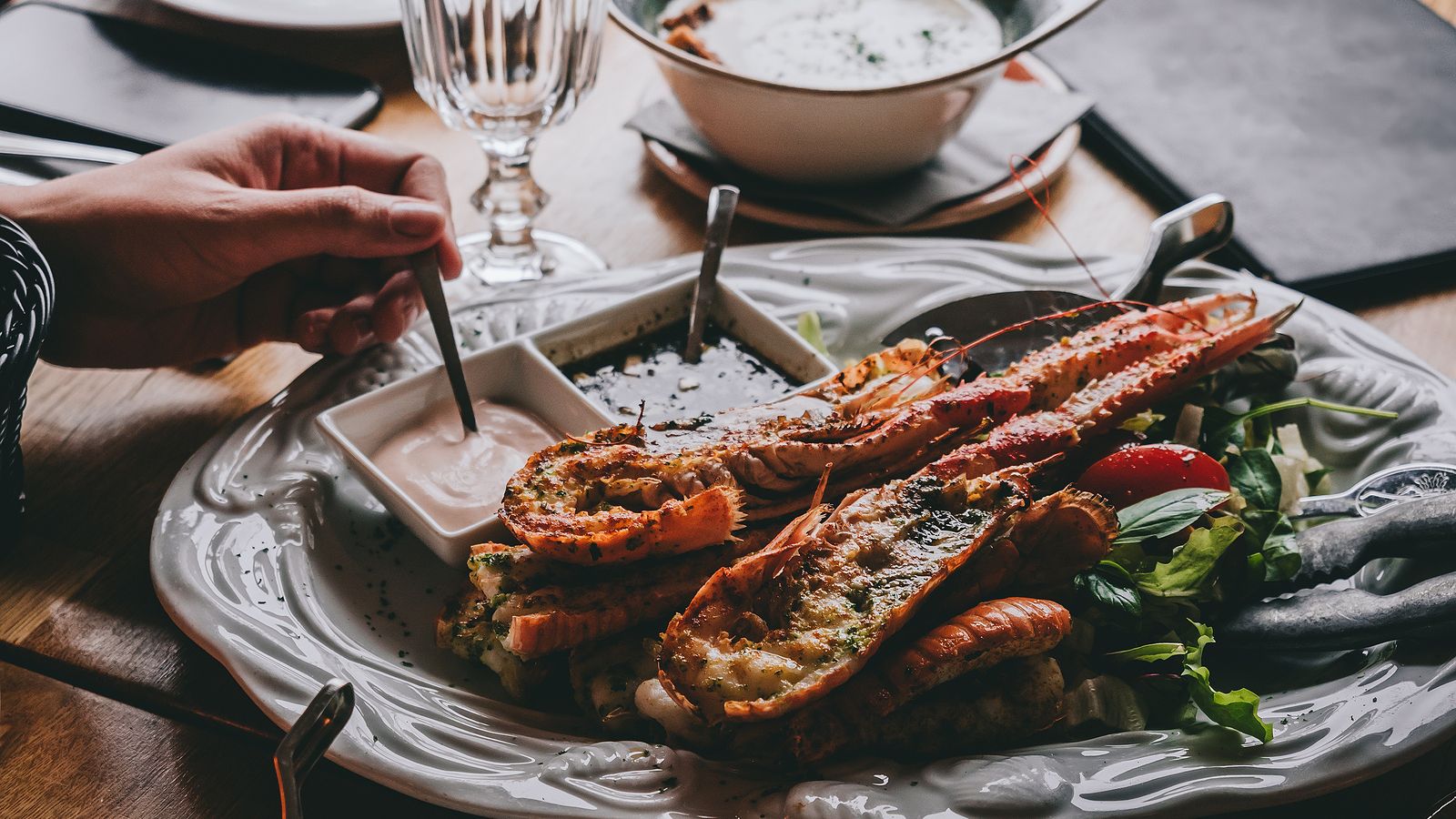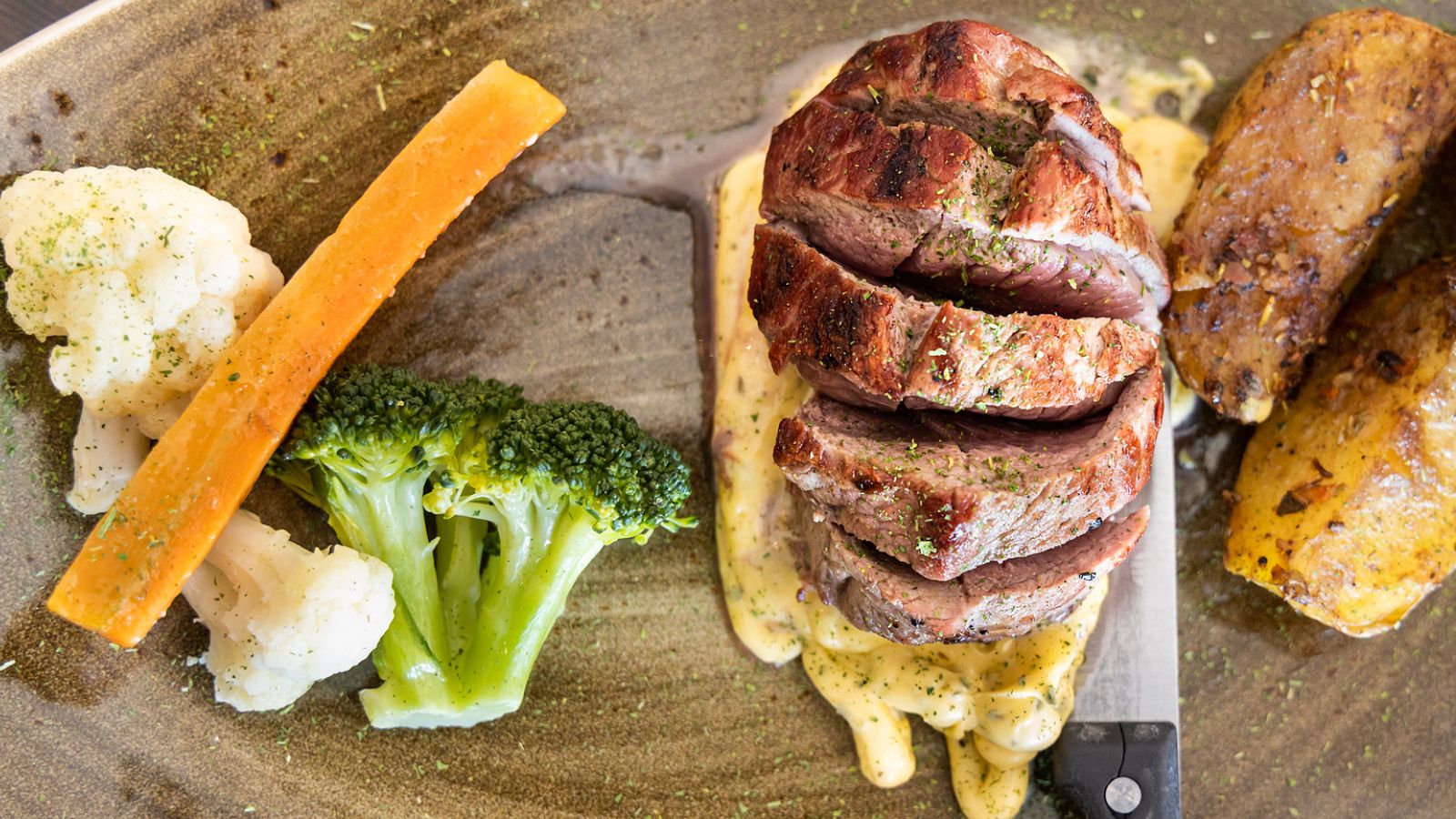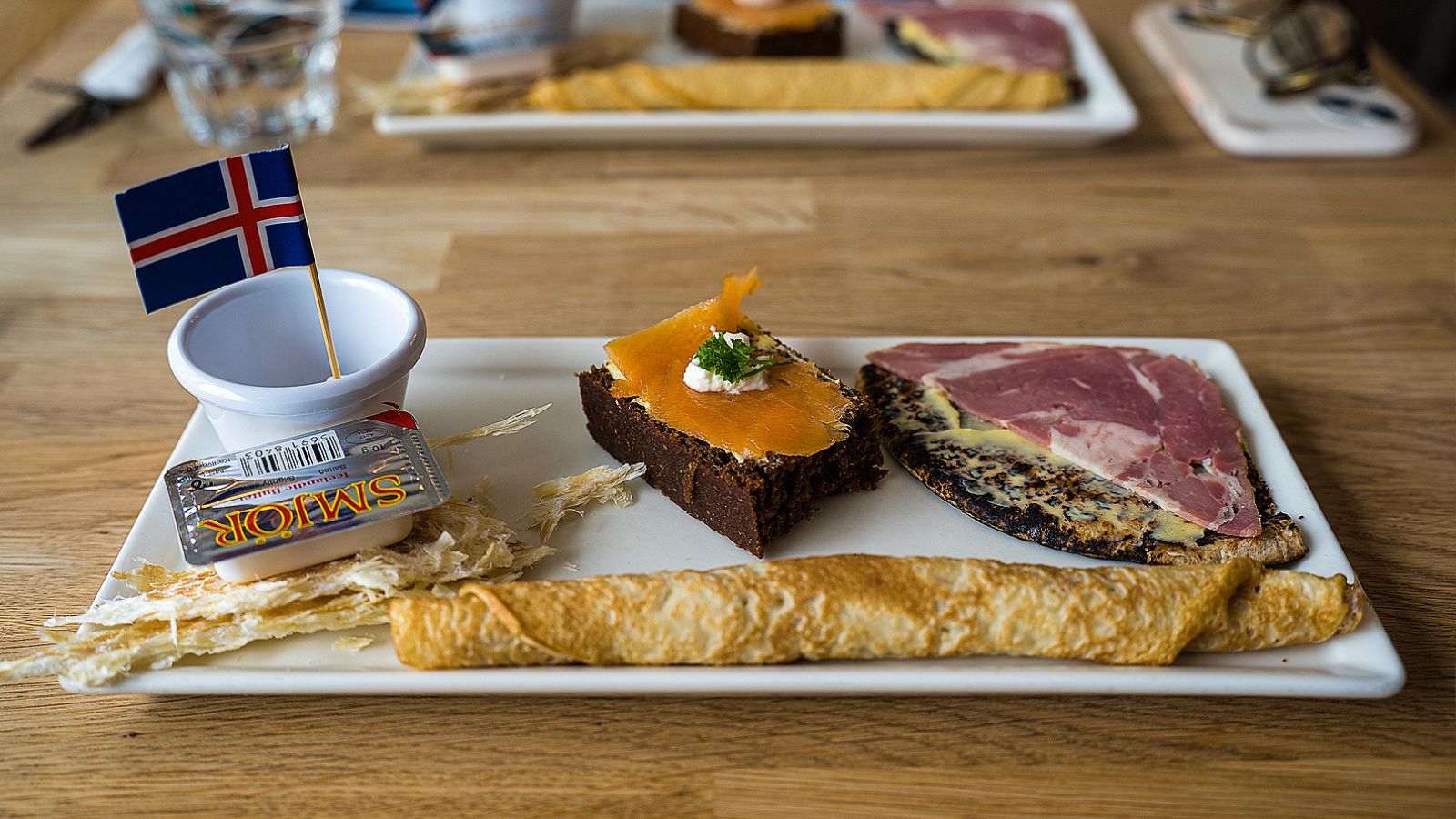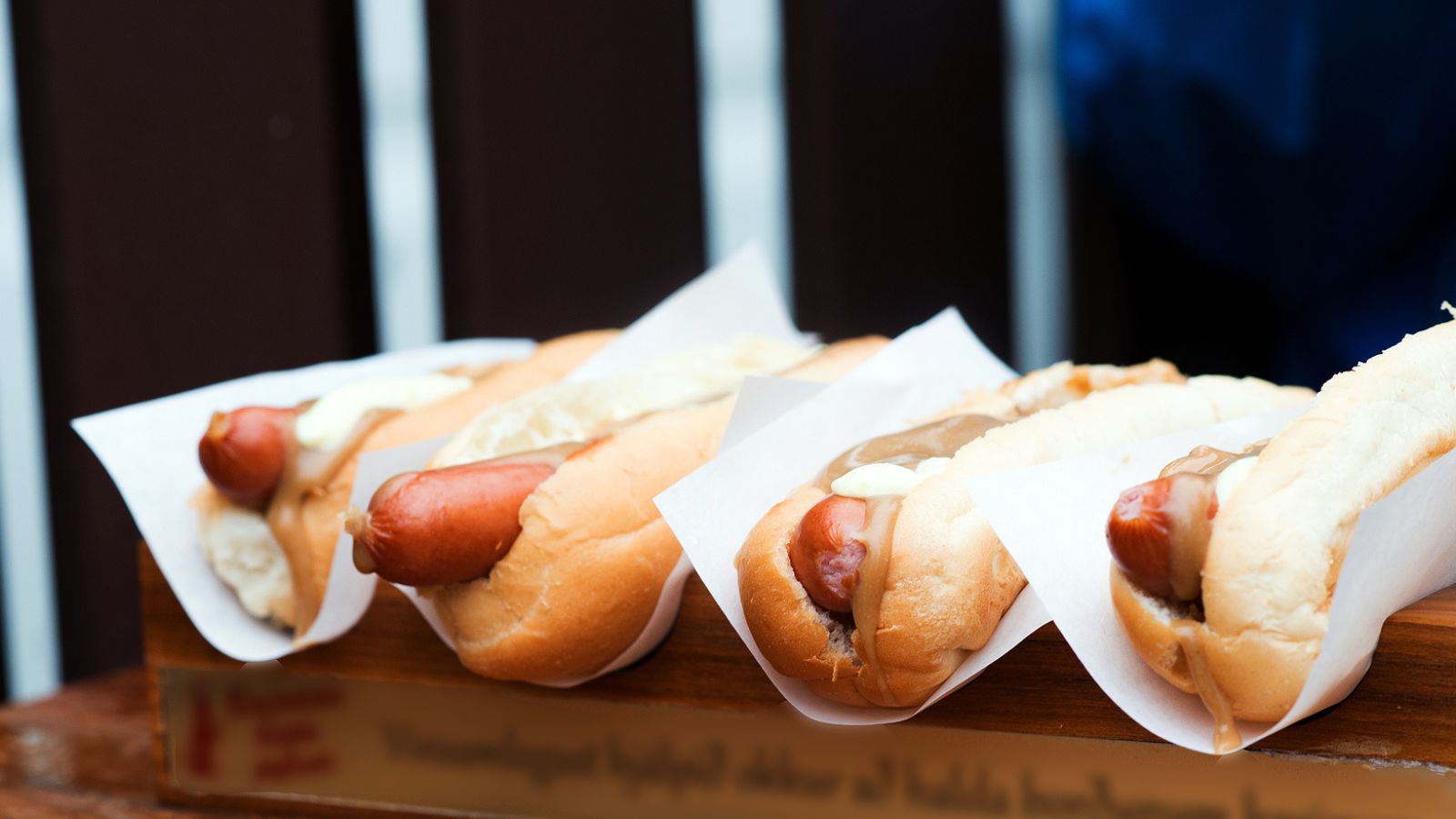This website uses cookies to help you browse on the website/ web. By using the website you agree on our policy on cookies.
Close
A Guide to Food in Iceland
Icelandic food is different from many other places in Europe due to the fact that they don’t have the same resources as other countries. The Icelandic diet consists of largely local produce with fish and lamb common in most local restaurants. Find out more in our guide to food in Iceland.
If you are concerned about Icelandic food and wonder whether they just eat fish, then you’ll be pleased to know there is plenty more on offer. Although it is true that resources in Iceland are somewhat limited and they must import a lot, these days you can easily find a restaurant that caters to your needs. There are plenty of Italian restaurants, burger joints and steak houses, but these can be expensive due to import costs. Some of the most popular cuisines in Iceland include;
- Seafood & Fish
- Lamb
- Rye Bread
- Hot Dogs
- Traditional Icelandic Food
- Icelandic Seafood & Fish
Seafood & Fish

A huge staple of the Icelandic diet is seafood and fish, with plenty available off the coast of this island nation. Not only does it form part of many people’s diet, but it has also been a huge export for the country and has brought great fortune. Traditionally, it was extremely expensive to import food into the country, so many locals survived on the local produce. You will see "Catch of the Day" on many local menus throughout the country, with a wide range of different fish on the menu. If you like seafood then you can generally find this available fairly cheaply in many restaurants around the country.
Lamb & Other Meat
Something that might seem unusual but is a staple throughout Iceland is the use of lamb in many different recipes. This is because sheep roam freely across Iceland and are easily available. Lamb has formed part of the local diet for many years and can still be found on many menus. The free-range lamb is also known to be particularly good due to the possibility of roaming freely in the Icelandic wilderness. The sheep live off grass, berries and seaweed, which makes for very tender meat. You will also find smoked lamb in Iceland, as you might expect smoked ham elsewhere in Europe.

Other meats are widely available these days with a range of beef, chicken and pork on menus throughout the country. You might also find some more traditional and controversial meat on menus, which we will discuss in a later section.
Rye Bread and Substitutes
A major difference between Iceland and many other European nations is their lack of grain. Historically, it was nearly impossible to grow grain in Iceland and importing was been expensive which made baking difficult. For this reason, bread, pastries and other European staples were not commonly found in Iceland. However, that doesn’t mean that you can’t find bread or pastries anywhere in the country nowadays, as there are plenty of bakeries and cafes. Rye bread became a popular staple in the Icelandic diet, and you should try some on your visit.
Fun Fact: Traditionally, Icelanders would eat dried stockfish as a substitute for bread with their meal, and this still remains popular amongst locals.

Icelandic Hot Dogs
The Icelandic hot dog has been referred to as the world’s best by many, including Bill Clinton! Icelandic hot dogs are served with a slight twist and might not be what you expect. The meat is made from a blend of beef, lamb and pork. The traditional way to eat it is with everything, or “eina með öllu” in Icelandic, which includes a mix of deep-fried and raw onions, sweet mustard and a delightful creamy remoulade sauce. Tourists and locals frequent Icelandic hot dog stands, and Bæjarins Beztu Pylsur in Reykjavik is one of the most famous.

Traditional Icelandic Food
You will no doubt have heard of some of the strange and unique traditional dishes that are served in Iceland and wonder if anyone eats them. Well, the short answer is some locals still eat these traditional dishes, and some items will always have a place in the Icelandic diet. There are some controversial meats that have remained popular with local people. Below is a list of some of the traditional dishes you can still find on offer;
- Fermented Shark (Hákarl); Very few locals still eat this or even recommend it, but you can find it as a snack in many places, often paired with a shot of local schnapps known as "Black Death". It has an extremely strong smell and flavour, so it's not for the faint-hearted.
- Sheep’s Head; This is now even more uncommon than shark, and there aren’t many places you will find still serving this. It is rarely eaten by locals these days but does sometimes form part of festival banquets.
- Whale Meat; Whaling began in the 12th century in Iceland, and the meat was needed to survive. Whaling is still legal in the country, so you will find sustainably sourced whale meat on the menu in some places.
- Puffin; Something that many people find strange is that it is common to eat the local bird. It was once an essential part of the diet and is still sustainably hunted and enjoyed by many locals in Iceland.
- Plokkfiskur; A fish stew containing white fish, onions and potatoes.
- Hangikjöt Sandwiches; Thinly sliced lamb is a popular sandwich filler.
- Flatkaka; A type of unleavened flatbread, often eaten with Hangikjöt.
- Skyr; This dairy product is commonly mistaken for yoghurt, but is in fact classed as cheese, and has been consumed since the Viking period.

Where are the best places to try Icelandic delicacies?
Many of the best places to eat are in Reykjavik. You can’t go amiss if you travel to the downtown area, where there is a high concentration of fine-dining restaurants. Here are our recommendations.
Fiskfélagid
Reykjavik
The Fish Society is a traditional Icelandic seafood restaurant open daily for lunch and dinner. Based in the cellar of the Zimsen building, the setting is eclectically designed to represent the experimentation and contrast you’ll find on the menu. Fiskfélagid prides itself on providing an exciting yet homely dining experience with cuisine from Iceland and around the world.
Kopar
Reykjavik
Situated on the old harbour, Kopar offers an adventurous Icelandic menu that combines both land and sea. The wonderful location offers views across the water, allowing you to watch the ships as they come in for the day. Kopar also offers a delicious vegan adventure menu.
Dill
Reykjavik
If you’re looking for a Michelin-star restaurant in Iceland, Dill is one of the most popular. Focused on fresh, foraged, Icelandic ingredients, sustainability and stunning surroundings - what’s not to love? Founding chef Gunnar Karl Gíslasson and other internationally experienced chefs will even take the time to serve and explain the dishes themselves.
Óx
Reykjavik
Michelin stars are incredibly respected in Iceland, with only 2 places holding it. Óx is the other incredibly revered Michelin-star restaurant in Reykjavik, a seat at which will cost you 54,000 ISK. With just 11 seats in total, you’ll need to search well in advance to be in with a chance of eating here. Chef Thrainn Freyr Vigfusson specialises in traditional and surprising flavours.
Fine dining in Iceland is more than just enjoying a meal, it’s an experience to remember. Want to travel to your reservation in style? Be sure to rent one of our cars to make your journey as luxurious as your meal.
Back